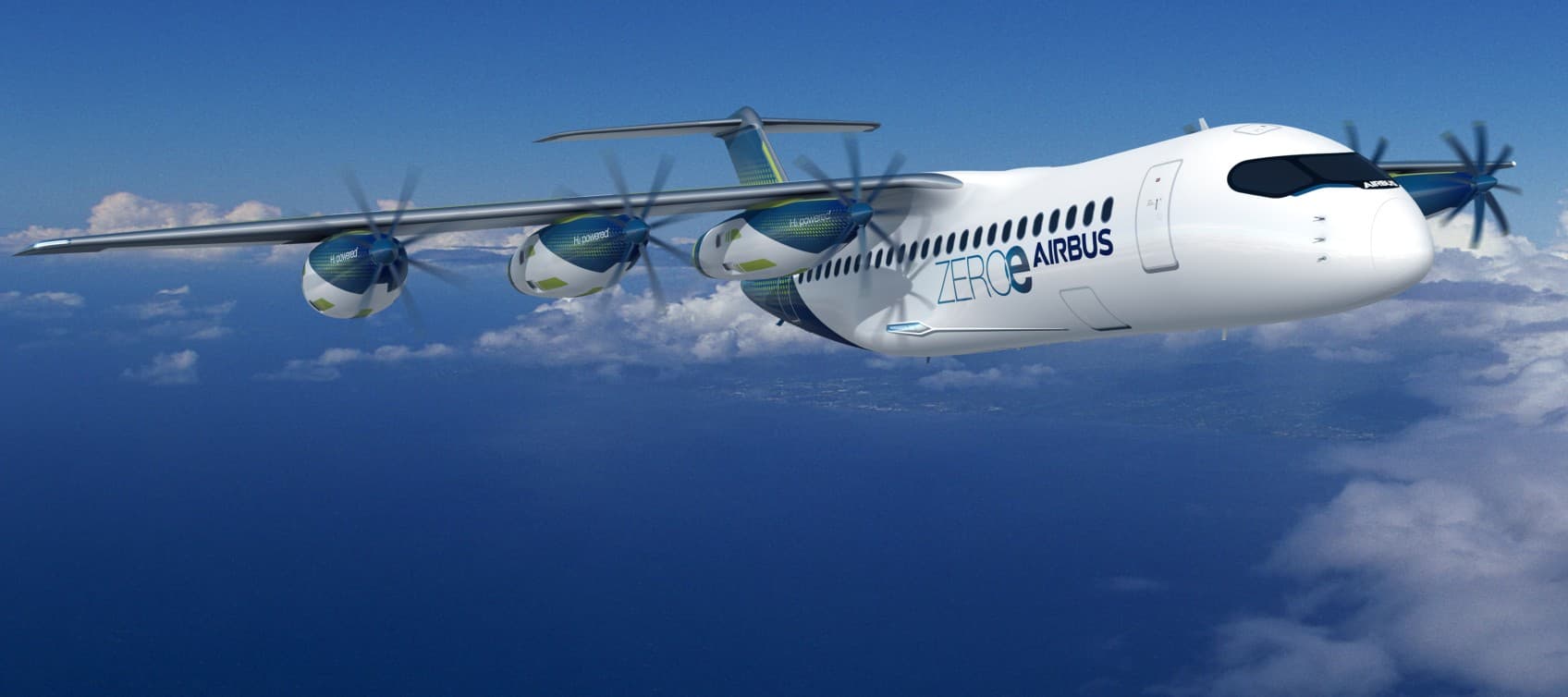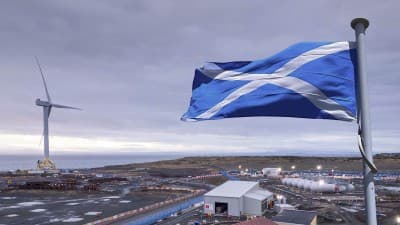Could Kiwi travellers one day be jetting around the country in planes fuelled by green hydrogen? That’s the plan, according to the New Zealand Hydrogen Aviation Consortium, a group of forward-thinking aviation industry businesses formed in late 2023.
The Consortium comprises:
- Christchurch Airport
- Global aircraft manufacturer Airbus
- Global mining and green energy company Fortescue Future Industries (FFI)
- Aotearoa’s flagship airline Air New Zealand
- Next generation energy company Hiringa Energy
- Liquid hydrogen solutions pioneers Fabrum
Commercial hydrogen flights by 2035
Aotearoa is the ideal place to launch hydrogen aviation, according to Launching Green Hydrogen Powered Aviation in Aotearoa New Zealand, a report released by the Consortium:
- We have high rates per capita of flying.
- Distances are relatively short across the country.
- We can produce green hydrogen more easily than many other countries.
- And we’re in a remote location.
Put it all together and New Zealand could be the perfect launchpad for low-emissions air travel.
Airbus is working toward building the world’s first commercial aircraft powered by green hydrogen. It has already developed several concept designs, and believes it will have successfully launched a full-scale working prototype before 2030. The Consortium has a goal of offering commercial hydrogen-powered flights in New Zealand by 2035.
To achieve that goal, a lot of work will need to be done, including producing more green hydrogen and establishing good ways to store it and move it around. We’ll need a transmission and refuelling network, too, scaled up to be able to service thousands of aircraft across the country. But if we can do all this work, the benefits could be considerable: low or zero emissions flights throughout New Zealand and potentially further afield.
Removing up to 900,000 tonnes of GHGs per year
Aviation accounts for around 2% of global emissions and is one of the most difficult industries to decarbonise, according to the International Energy Agency. It takes a huge amount of energy to power an aircraft, particularly a large one, laden with people and cargo, that needs to cover a long distance. The airline industry is working to improve aircraft efficiency, produce sustainable aviation fuel, and explore new options like green hydrogen.
How much difference could it make if New Zealand’s domestic flights switched to hydrogen?
Before the pandemic, Air New Zealand flew around 360 domestic flights a day to 20 destinations. Modelling done by the Consortium suggests that if Air New Zealand’s domestic fleet of aircraft was fuelled by green hydrogen, this would reduce our carbon dioxide emissions by up to 900,000 tonnes per year by 2050. That’s about the same as taking 620,000 petrol-fuelled cars off the roads.
That only accounts for Air New Zealand, and only for domestic flights. If the use of green hydrogen was expanded to include other airlines flying in Aotearoa, and to shorter international flights to Australia and the Pacific Islands, the impact could be even greater.
Challenges and opportunities ahead
There is a huge amount of work ahead of New Zealand if we want to create the hydrogen infrastructure required. But the rewards could also be substantial. As a remote nation, reducing barriers to international aviation helps us become more connected to the world, making it easier for us to travel and trade across the globe. Our economy could also benefit in many ways, as we develop expertise and technology that we can market worldwide.
Even our reputation would get a boost: “be bold and invest in adopting these future fuels with urgency,” writes Professor Sally Brooker. “To do so will enable us to live up to our ‘100% Pure’ image, contribute to mitigating the increasingly severe effects of climate change, and transform our economy into a high wage one.”
Meanwhile, Clarus is working hard to progress a pilot project to blend a small amount of hydrogen in a pipeline network - you can find out more about this project here: www.clarus.co.nz/future-of-energy/gas-is-changing





